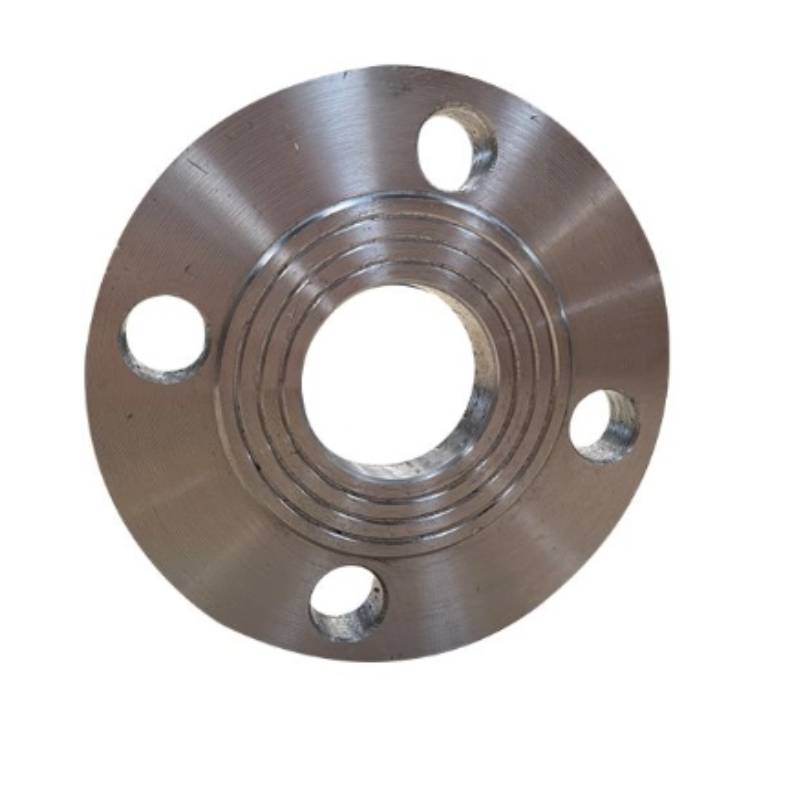-
Cangzhou Yulong Steel Co., Ltd.
-
Phone:
+86 13303177267 -
Email:
admin@ylsteelfittings.com
- English
- Arabic
- Italian
- Spanish
- Portuguese
- German
- kazakh
- Persian
- Greek
- French
- Russian
- Polish
- Thai
- Indonesian
- Vietnamese
- Zulu
- Korean
- Uzbek
- Hindi
- Serbian
- Malay
- Ukrainian
- Gujarati
- Haitian Creole
- hausa
- hawaiian
- Hebrew
- Miao
- Hungarian
- Icelandic
- igbo
- irish
- Japanese
- Javanese
- Kannada
- Khmer
- Rwandese
- Afrikaans
- Albanian
- Amharic
- Armenian
- Azerbaijani
- Basque
- Belarusian
- Bengali
- Bosnian
- Bulgarian
- Catalan
- Cebuano
- China
- China (Taiwan)
- Corsican
- Croatian
- Czech
- Danish
- Esperanto
- Estonian
- Finnish
- Frisian
- Galician
- Georgian
- Kurdish
- Kyrgyz
- Lao
- Latin
- Latvian
- Lithuanian
- Luxembourgish
- Macedonian
- Malgashi
- Malayalam
- Maltese
- Maori
- Marathi
- Mongolian
- Myanmar
- Nepali
- Norwegian
- Norwegian
- Occitan
- Pashto
- Dutch
- Punjabi
- Romanian
- Samoan
- Scottish Gaelic
- Sesotho
- Shona
- Sindhi
- Sinhala
- Slovak
- Slovenian
- Somali
- Sundanese
- Swahili
- Swedish
- Tagalog
- Tajik
- Tamil
- Tatar
- Telugu
- Turkish
- Turkmen
- Urdu
- Uighur
- Welsh
- Bantu
- Yiddish
- Yoruba

Dec . 13, 2024 03:19 Back to list
Exploring the Characteristics of a 1.5-Inch Flange for Various Applications
Understanding the Importance of a 1.5-inch Flange in Modern Engineering
Flanges play a crucial role in various engineering applications, providing a reliable means to connect pipes, valves, pumps, and other equipment within piping systems. Among the various flange sizes available, the 1.5-inch flange is particularly noteworthy due to its versatility and widespread use. This article explores the significance of the 1.5-inch flange, its applications, dimensions, manufacturing materials, and factors to consider when selecting one for specific projects.
What is a Flange?
A flange is a mechanical component that typically appears as a protruding rim, edge, or border used to connect or attach two objects, often in a system where a secure, leak-proof seal is required. Flanges can be bolted, welded, or threaded to the corresponding object, depending on the piping system's design and technological requirements.
Flanges come in various sizes and specifications, adhering to industry standards such as ANSI, ASME, and API. The size of the flange is critical as it directly relates to the dimensions of the pipes being connected. A 1.5-inch flange is designed to fit a pipe with a nominal diameter of 1.5 inches, making it suitable for a variety of applications, particularly in the plumbing, chemical processing, and mechanical industries.
Applications of the 1.5-Inch Flange
The 1.5-inch flange is commonly used in numerous applications including
1. Water Supply Systems In municipal and industrial water supply systems, 1.5-inch flanges are often used to join pipes transporting water, ensuring a tight seal to prevent leaks.
2. Chemical Processing Many chemical processes require the transfer of fluids and gases. A 1.5-inch flange can withstand corrosive substances, making it a practical choice for chemical applications.
3. HVAC Systems In heating, ventilation, and air conditioning systems, the 1.5-inch flange aids in connecting ductwork, optimizing airflow, and maintaining system efficiency.
4. Food and Beverage Industry Sanitary designs of 1.5-inch flanges are often employed in food and beverage processing to ensure hygiene and contamination prevention.
5. Oil and Gas In the oil and gas sector, these flanges are used to connect piping that carries hydrocarbons under high pressure, ensuring robust containment and minimizing risks.
1.5 inch flange

Material Considerations
1.5-inch flanges can be manufactured from various materials, each chosen for specific properties depending on the application's requirements. Common materials include
- Stainless Steel Known for its corrosion resistance, stainless steel is widely used in environments where sanitation is crucial, such as in food and beverage applications. - Carbon Steel This economical option is often utilized in general applications where corrosion resistance is not a primary concern.
- PVC and Other Plastics For applications dealing with corrosive chemicals, plastic flanges offer a lightweight and resistant alternative.
Selecting the Right Flange
When choosing a 1.5-inch flange for a project, several factors should be considered
1. Pressure Rating Ensure the flange can withstand the pressure requirements of the system.
2. Temperature The operating temperature of the fluid or gas being carried through the piping can influence material selection.
3. Compatibility Ensure that the flange material is compatible with the medium it will transport to avoid any chemical reactions.
4. Standards Compliance Always check that the flanges meet the industry standards relevant to your application to ensure safety and reliability.
Conclusion
The 1.5-inch flange is a fundamental component in various industries, enabling the secure and efficient transport of fluids and gases. Understanding its applications, material options, and selection criteria can significantly enhance the effectiveness and durability of piping systems. As technology continues to evolve, the importance of reliable connections provided by flanges remains paramount in engineering and construction disciplines.
Latest news
-
ANSI 150P SS304 SO FLANGE
NewsFeb.14,2025
-
ASTM A333GR6 STEEL PIPE
NewsJan.20,2025
-
ANSI B16.5 WELDING NECK FLANGE
NewsJan.15,2026
-
ANSI B16.5 SLIP-ON FLANGE
NewsApr.19,2024
-
SABS 1123 FLANGE
NewsJan.15,2025
-
DIN86044 PLATE FLANGE
NewsApr.19,2024
-
DIN2527 BLIND FLANGE
NewsApr.12,2024
-
JIS B2311 Butt-Welding Fittings LR/SR 45°/90° /180°Seamless/Weld
NewsApr.23,2024











